Extrusion welding machines are core equipment in the field of thermoplastic welding, widely used in industrial applications such as chemical storage tanks, pipeline systems, and waterproof membranes. By precisely controlling hot air temperature, mechanical pressure, and welding speed, they achieve molecular-level fusion between plastic welding rods and base materials. This article provides a detailed analysis of the working principle, process flow, and key quality control parameters of extrusion welding machines to help readers gain an in-depth understanding of the engineering essence of this technology.

Core Working Principle of Extrusion Welding Machines
The technical core of extrusion welding machines lies in the dual-action mechanism of hot air melting and mechanical extrusion. The workflow can be divided into four stages:
1. Preheating Stage
High-temperature airflow (typically 400-600°C) emitted from the welding torch acts simultaneously on:
Plastic welding rod: Melts the surface of the 3-5mm diameter PE/PP rod into a viscous flow state.
Base material joint: Forms a 0.5-1mm deep molten layer on the edges of the plastic sheets to be welded.
Key parameter: Hot air temperature must be dynamically adjusted based on material melting points (e.g., ~200°C for PE, >230°C for PP).
2. Melting and Extrusion Stage
The specialized nozzle at the front of the welding torch extrudes the molten rod in a spiral motion while:
Mechanical pressure system: Applies 50-100N of vertical pressure via pressure rollers.
Air-assist system: Uses 0.2-0.5MPa compressed air to remove oxidized layers.
At this stage, a molecular diffusion layer (20-50μm thick) forms at the interface between the rod and base material.
3. Molecular Fusion Stage
Under continuous pressure:
Polymer molecular chains entangle with each other.
Crystalline regions realign (critical for PP materials).
A blended transition zone with no distinct boundary forms at the interface.
4. Cooling and Solidification Stage
Natural or assisted air cooling ensures the weld:
Achieves over 85% of the base material's crystallinity.
Avoids internal stress cracks caused by rapid cooling.
Analysis of Key Subsystems
1. Hot Air Generation System
Ceramic heating elements: Reach up to 650°C with PID temperature control accuracy of ±3°C.
Airflow control: Venturi tube design ensures even heat distribution.
2. Feed and Extrusion Mechanism
| Component | Function | Technical Parameters |
|---|---|---|
| Drive motor | Controls rod feed | 0.1-5m/min stepless speed adjustment |
| Dual pressure rollers | Ensures stable pressure | 80A Shore hardness silicone rollers |
| Extrusion nozzle | Shapes molten material | Teflon-coated inner wall for anti-sticking |
3. Process Monitoring System
Infrared thermometers monitor molten pool temperature in real time.
Encoders provide feedback on welding speed.
Pressure sensors detect extrusion force.
Key Quality Control Points
1. Temperature Control Triad
Hot air temperature: 30-50°C above material melting point (e.g., 230-250°C for HDPE).
Base material preheat temperature: Maintained 10°C below softening point to prevent excessive degradation.
Melt temperature: Ensured at 190-220°C via infrared detection (material-dependent).
2. Pressure-Speed Coordination
Speed formula: V=Q/(W×H)
(V: Welding speed, Q: Rod extrusion rate, W: Weld width, H: Weld height)
Pressure criterion: 15-20N per mm of weld width.
3. Common Defects and Solutions
| Defect Type | Cause | Solution |
|---|---|---|
| Cold weld | Insufficient temperature/pressure | Increase hot air temperature by 50°C |
| Burn marks | Localized overheating | Reduce airflow and check nozzle blockage |
| Waviness | Inconsistent speed | Calibrate feed motor speed |
Industry Application Cases
1. Chemical Corrosion Protection
For a 50,000L PP storage tank weld:
Dual-torch synchronous welding technology was employed.
Parameters: 230°C/0.3MPa/1.2m/min.
Result: Weld tensile strength reached 92% of base material.
2. Geomembrane Construction
For 2mm HDPE waterproof membrane welding:
Preheated wedge-shaped torch was used.
Hot air temperature maintained at 280°C.
Result: Passed 0.3MPa air-tightness pressure test.
Technological Development Trends
- Intelligent Upgrades:
AI vision-based weld tracking systems.
Digital twin technology for parameter simulation.
- New Material Compatibility:
Specialized torches for challenging materials like PVC-C/PTFE.
Low-temperature welding (prevents thermal degradation).
- Green Processes:
On-site waste recycling devices.
Energy-efficient high-frequency induction heating.
Experimental data show optimized extrusion welding can increase efficiency by 40% and reduce energy consumption by 25% (Source: Journal of Materials Processing Technology, 2023).
Mastering these core technical points allows operators to systematically improve weld quality, while manufacturers can develop tailored solutions for different applications. With advancements in automation, extrusion welding will unlock greater potential in fields like EV battery housings and aerospace composites.

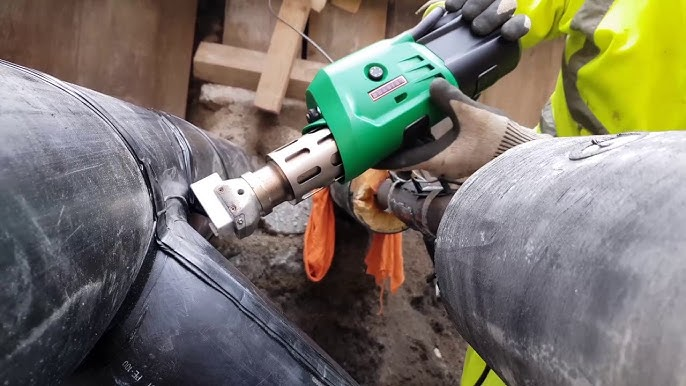
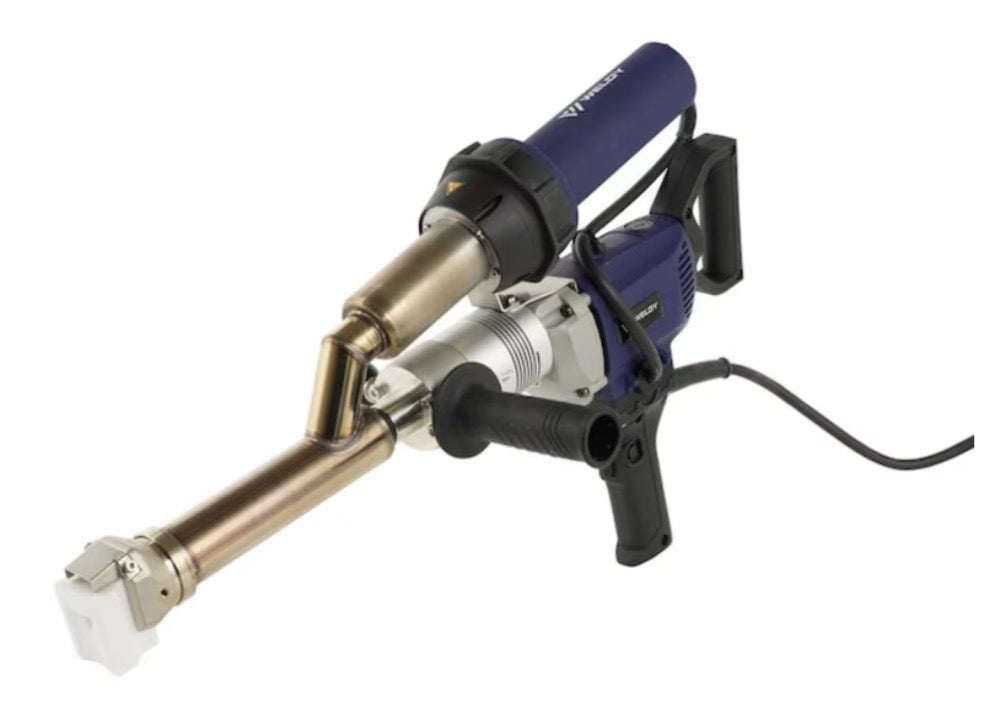
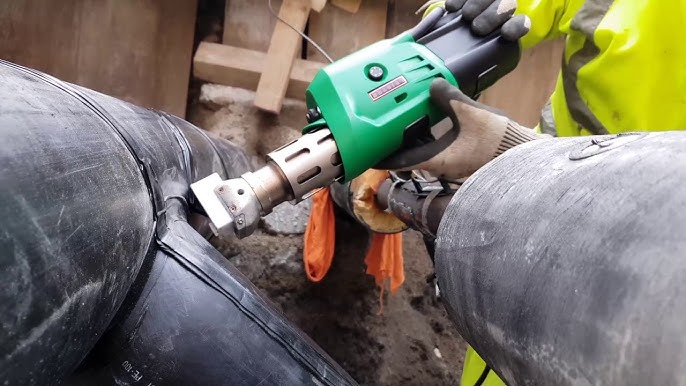
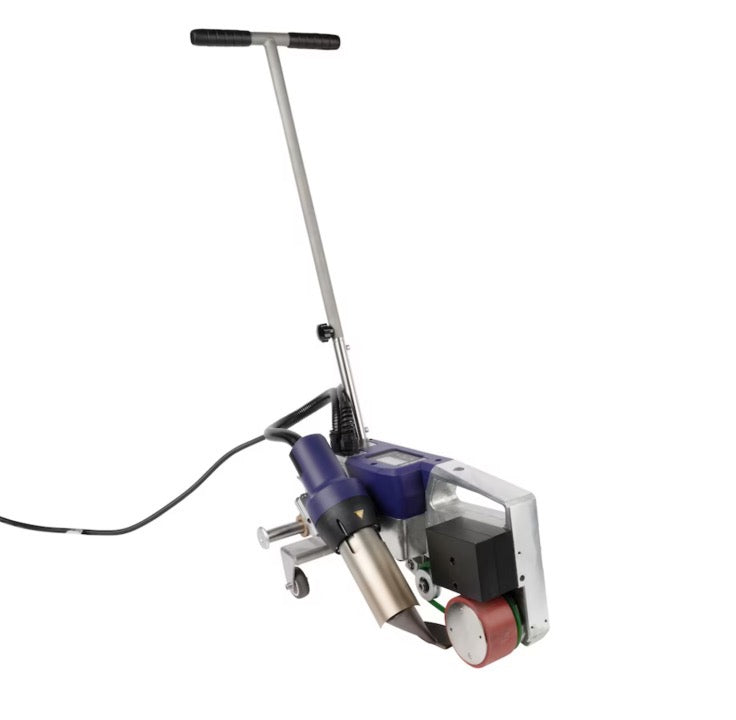
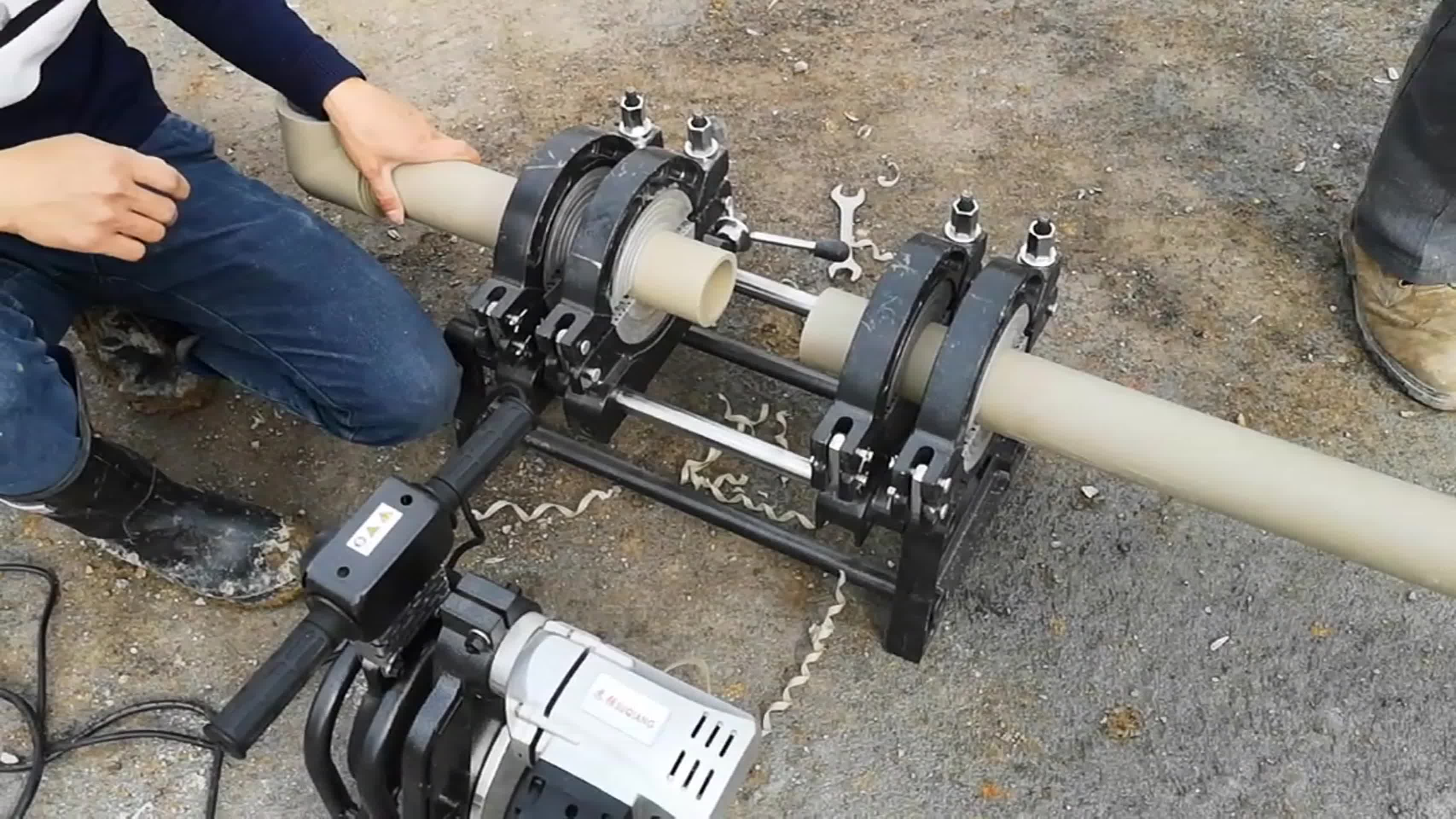
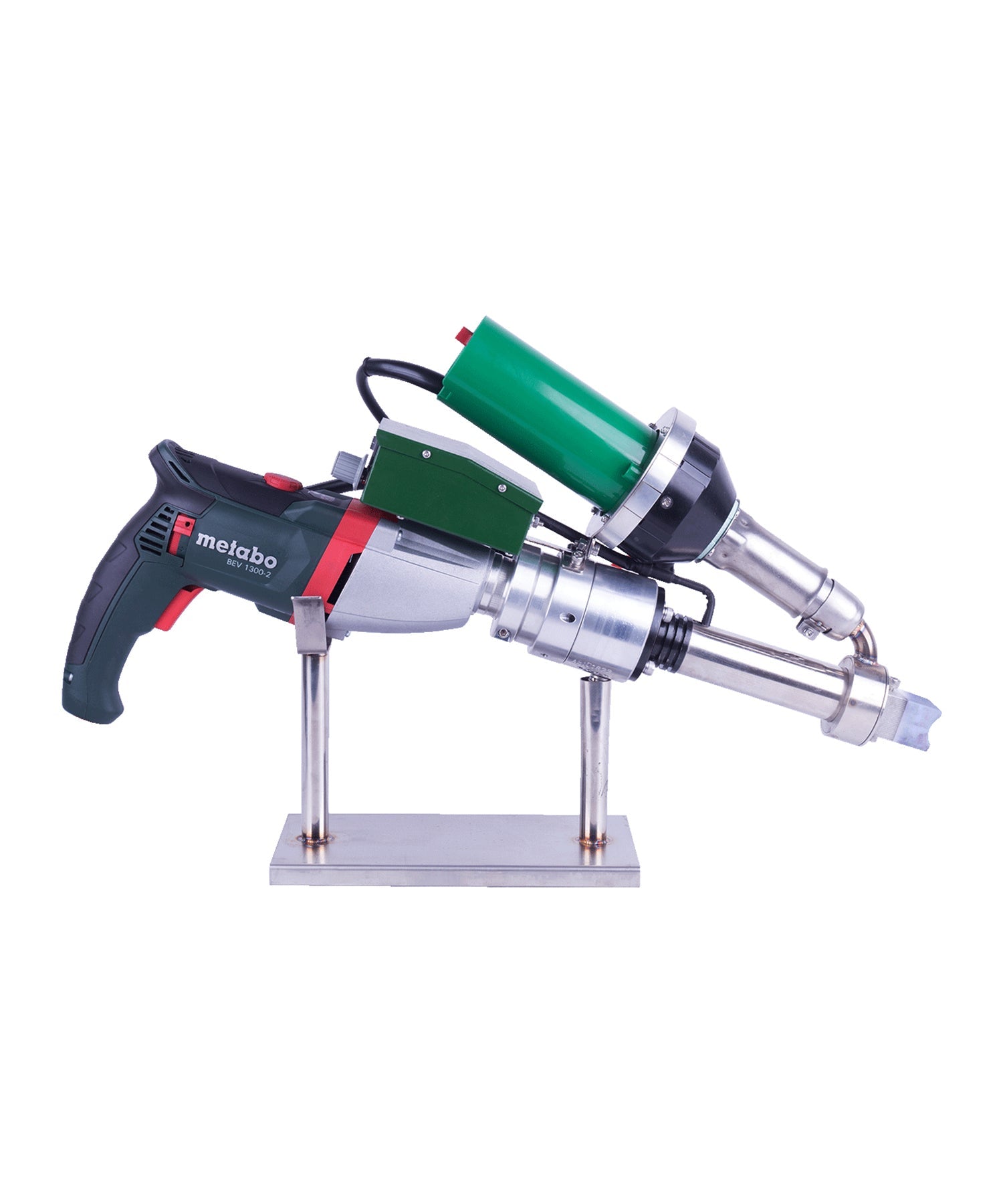
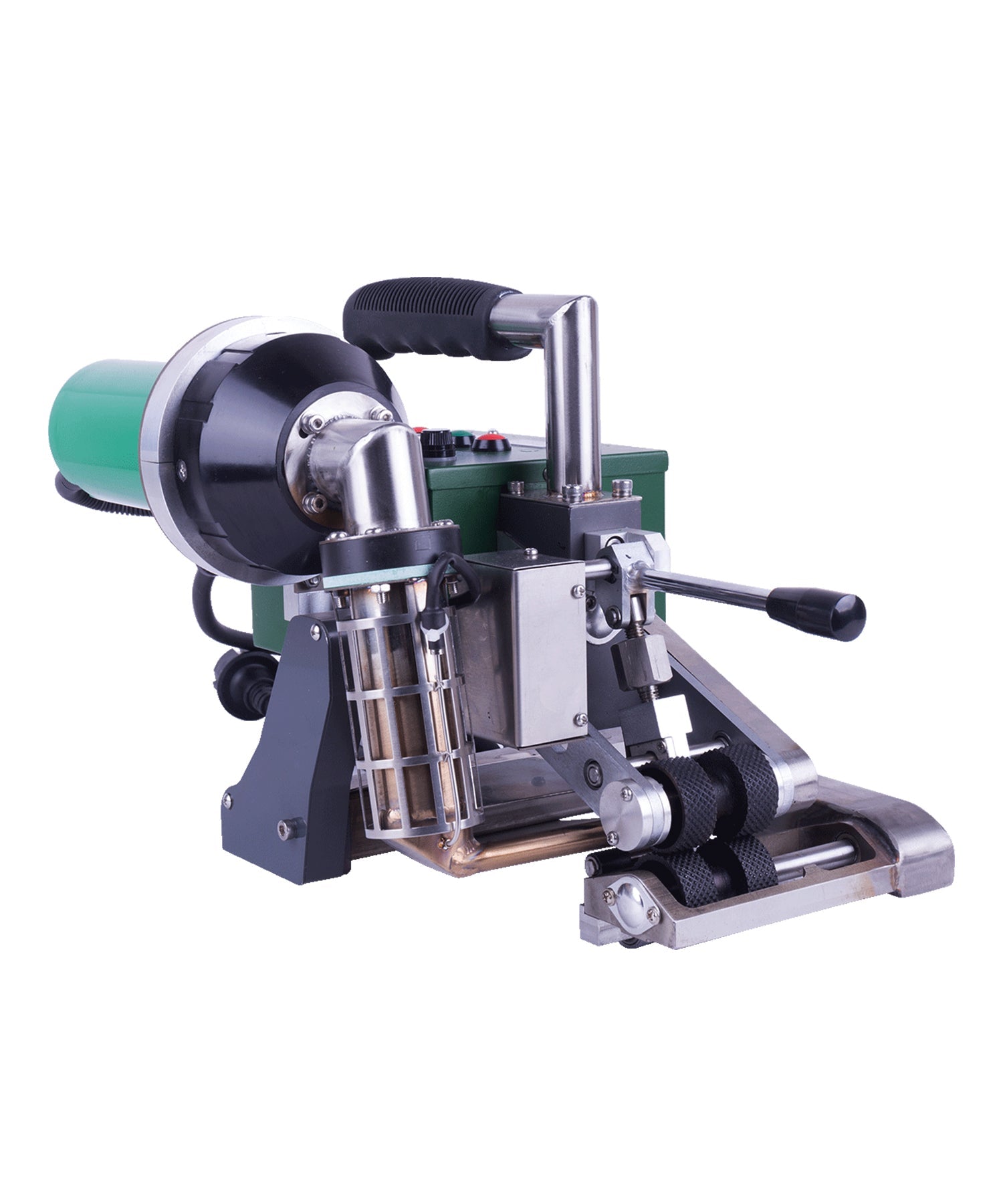
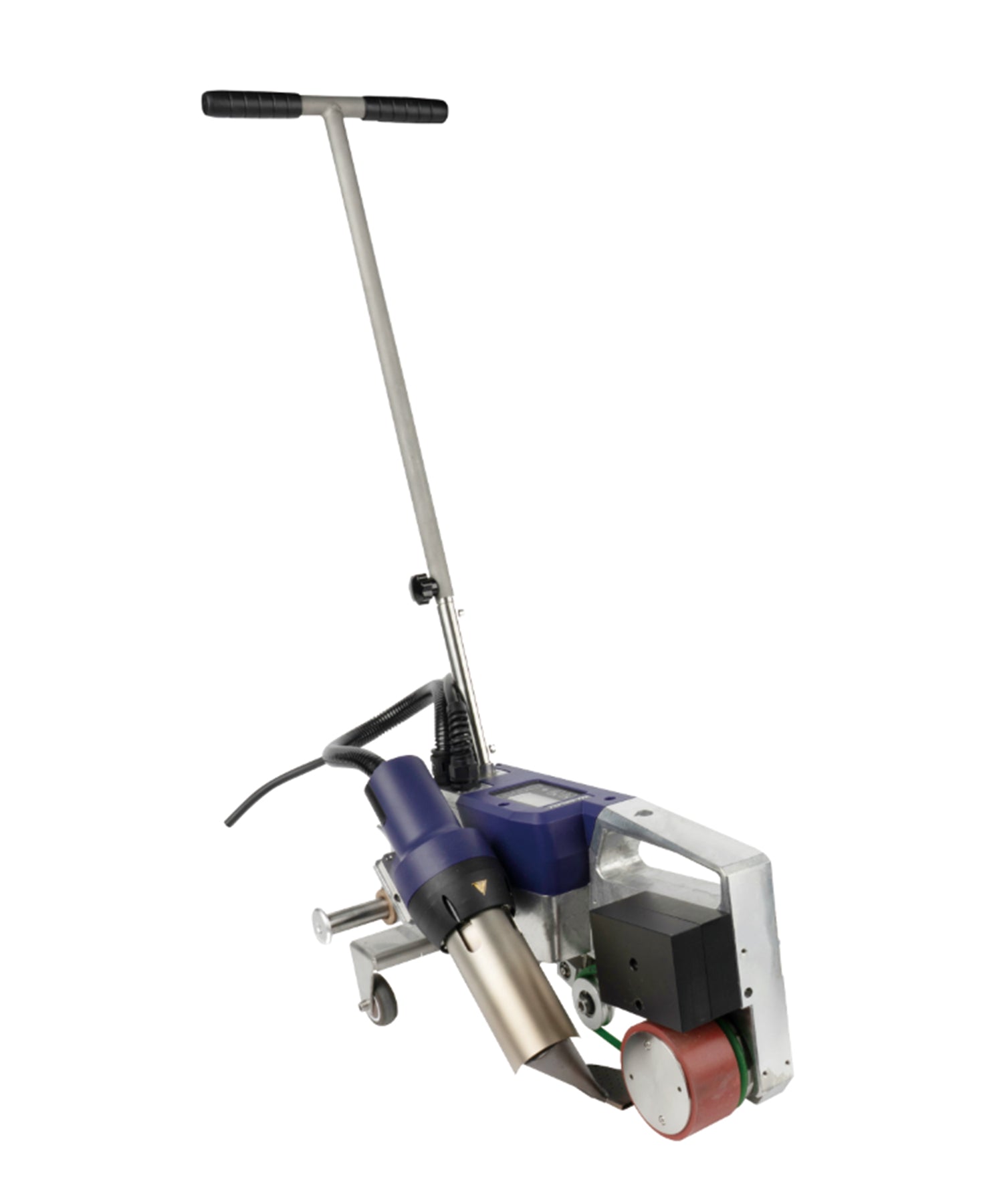
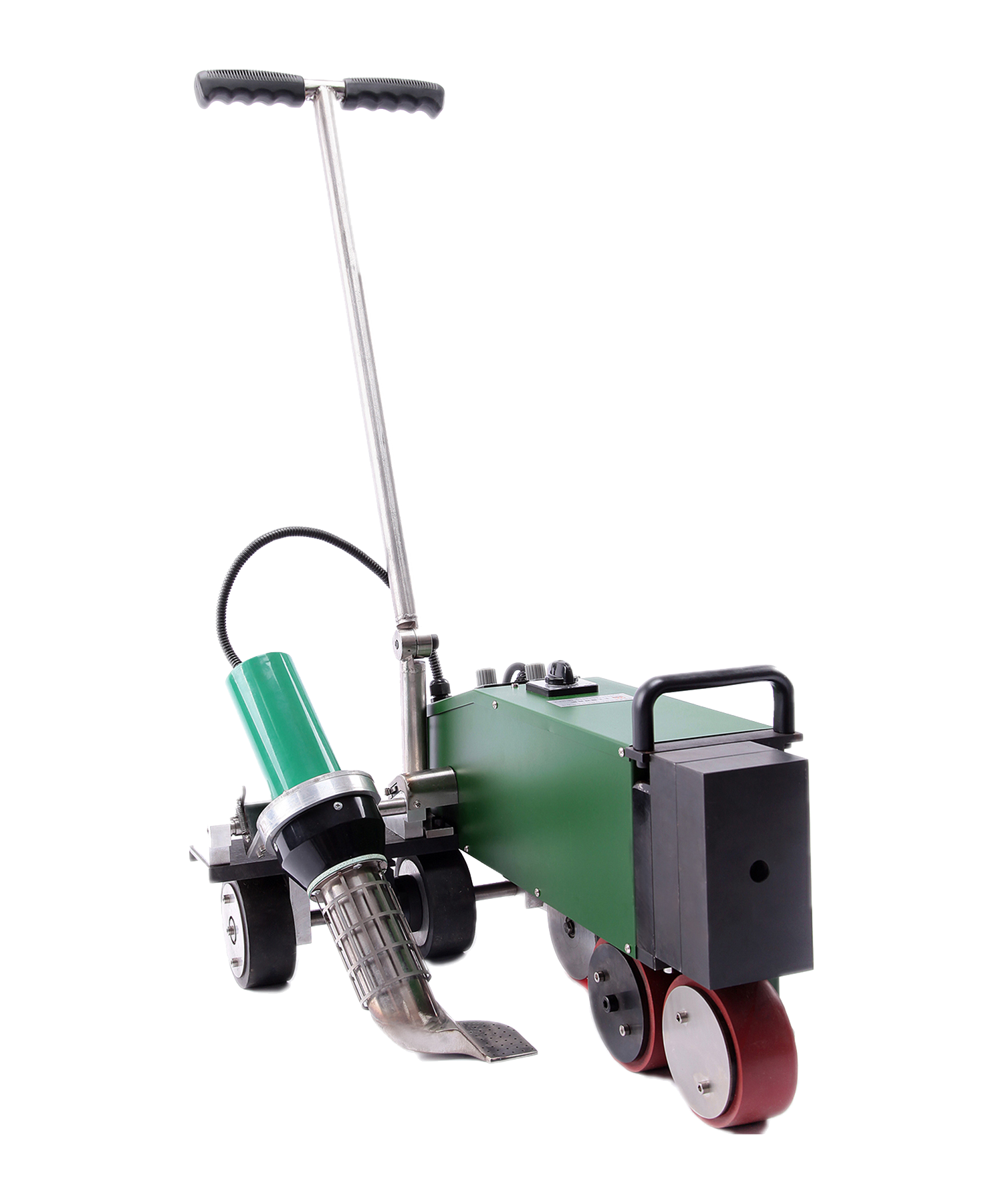
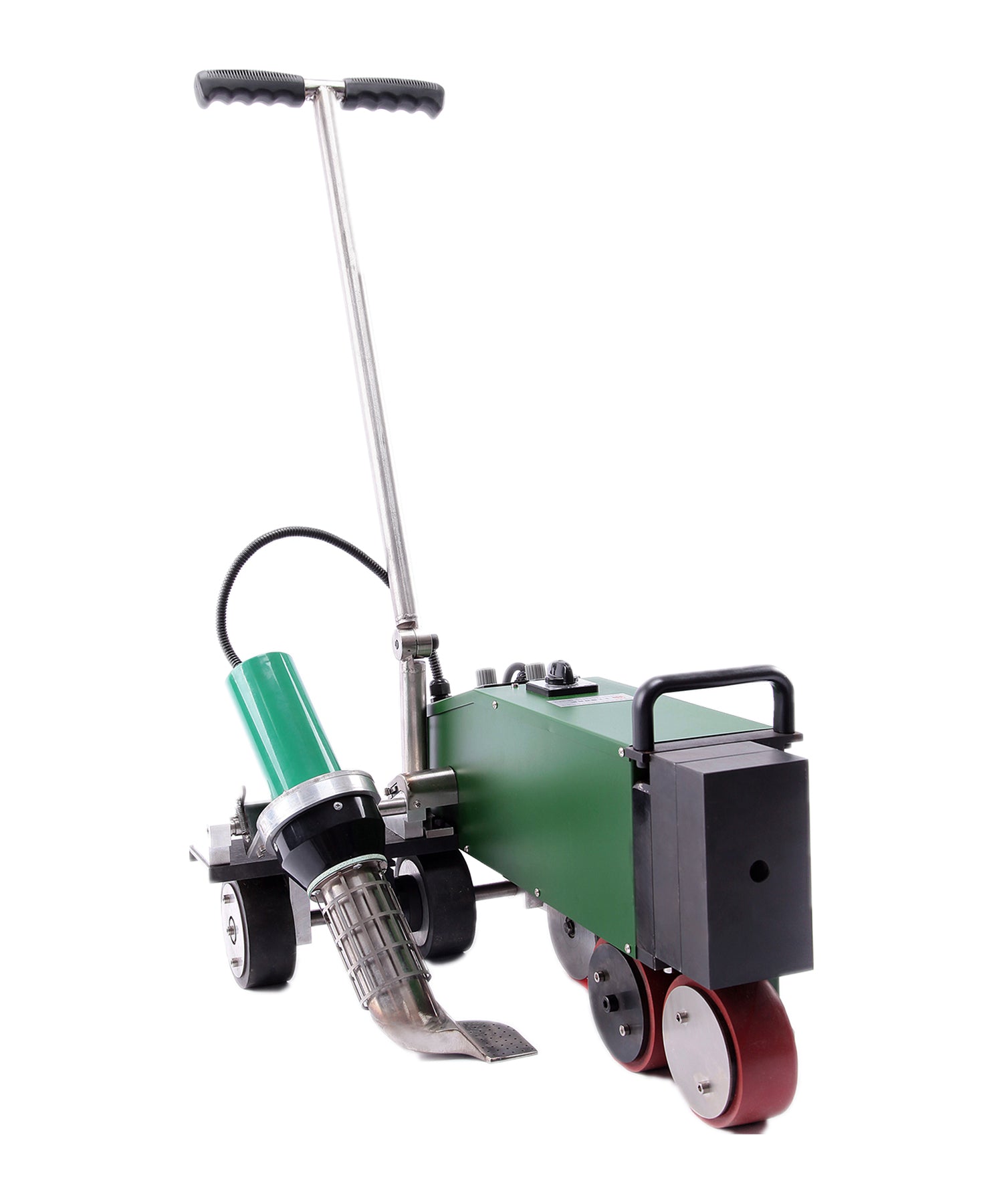
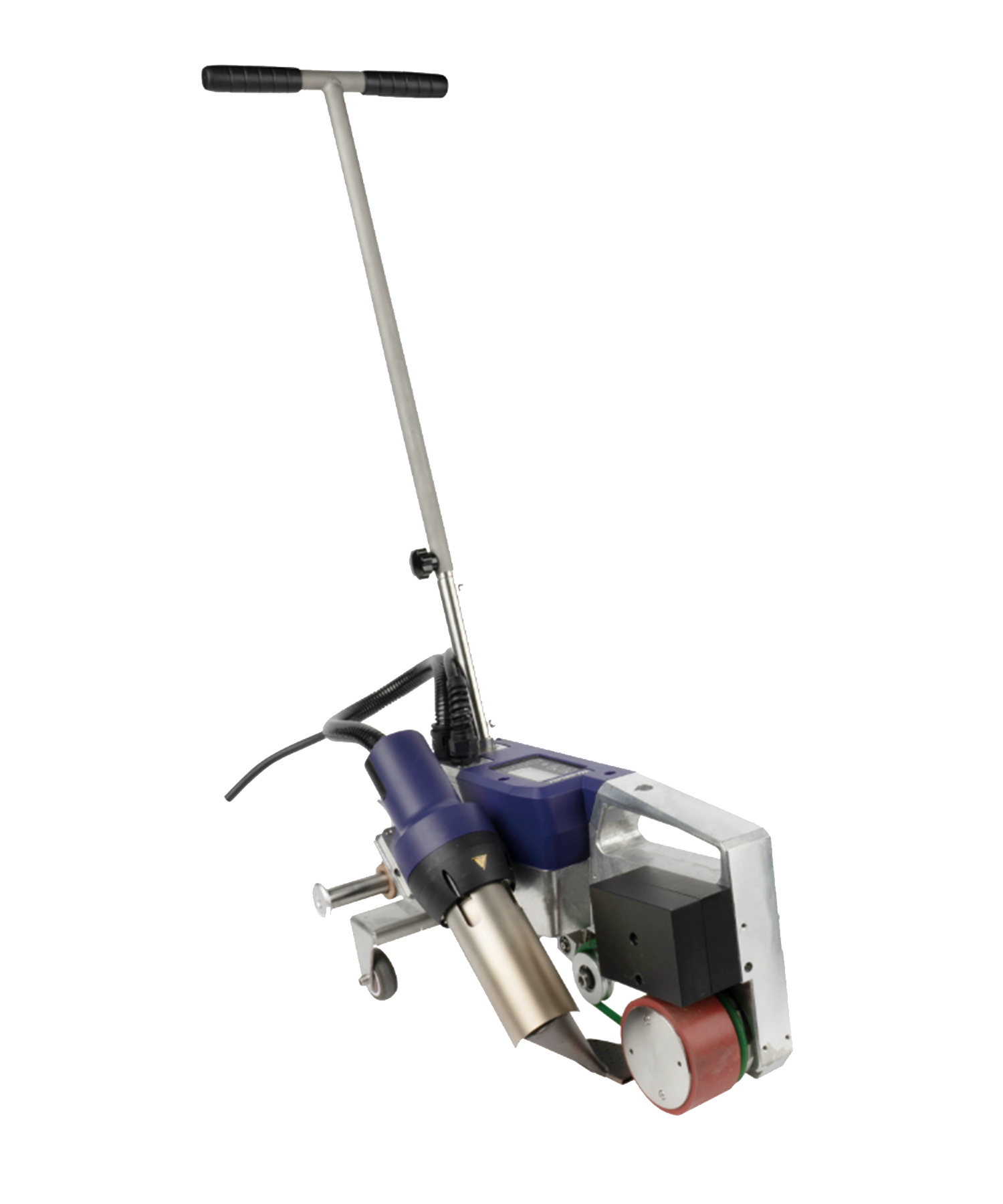
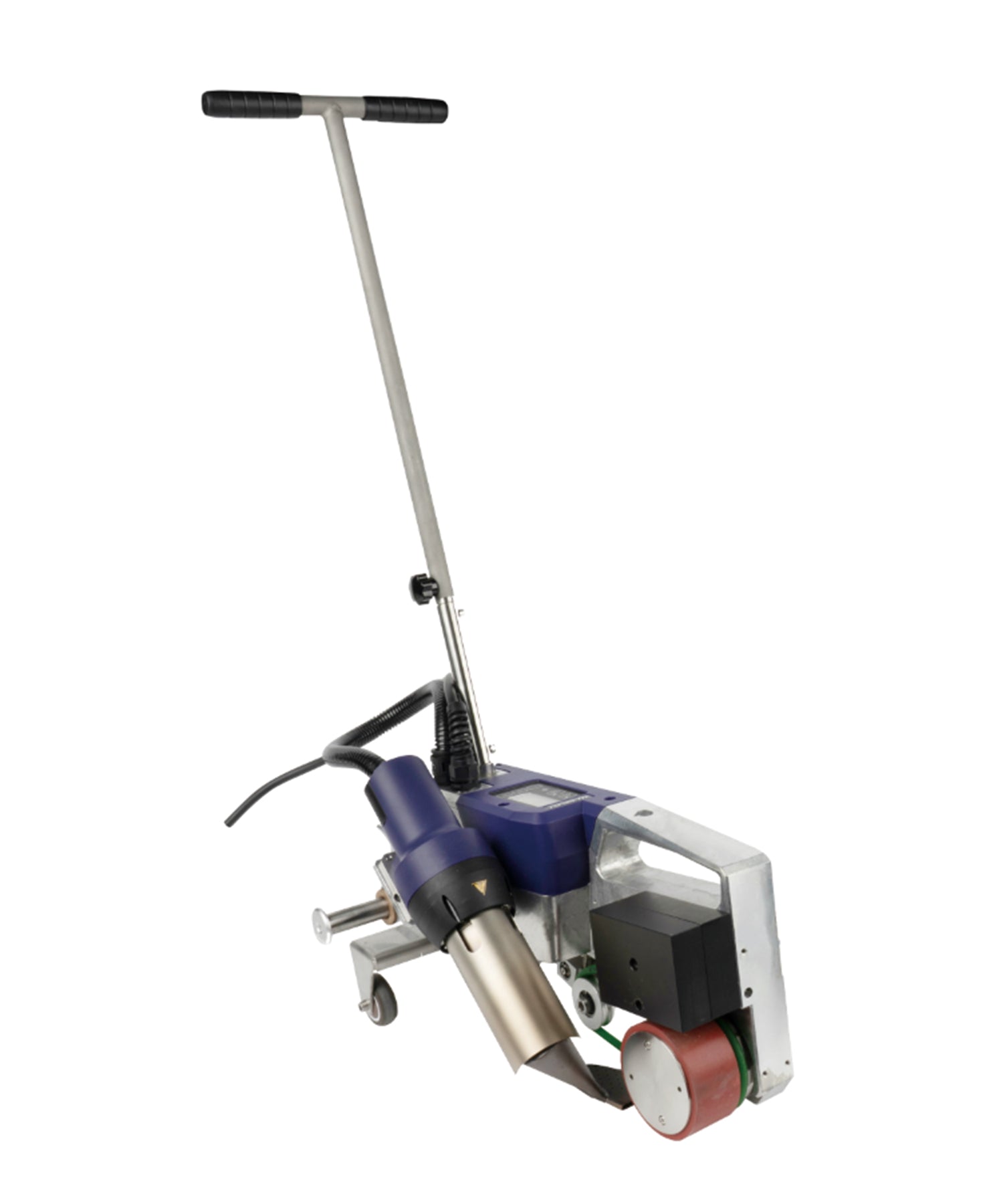
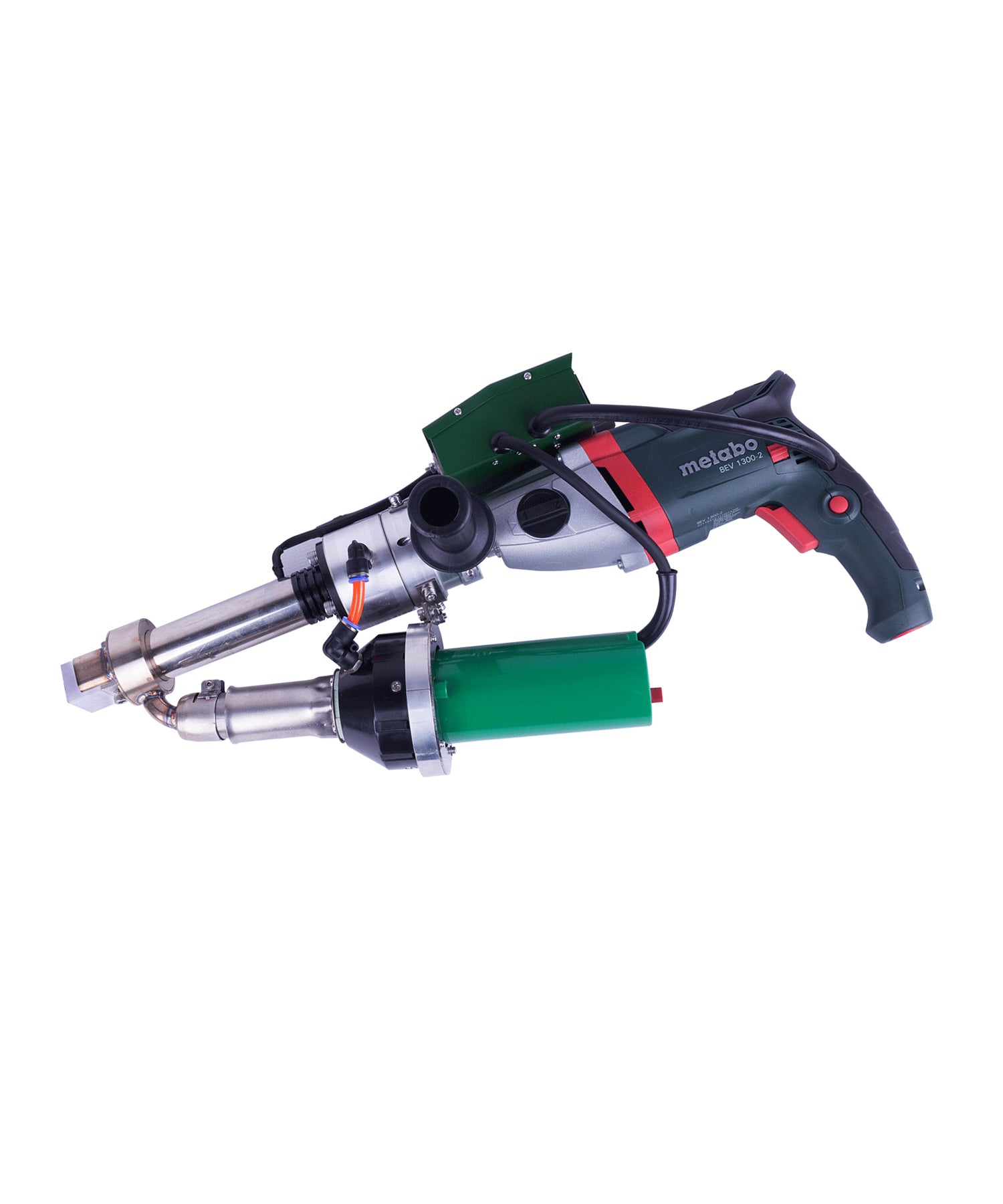
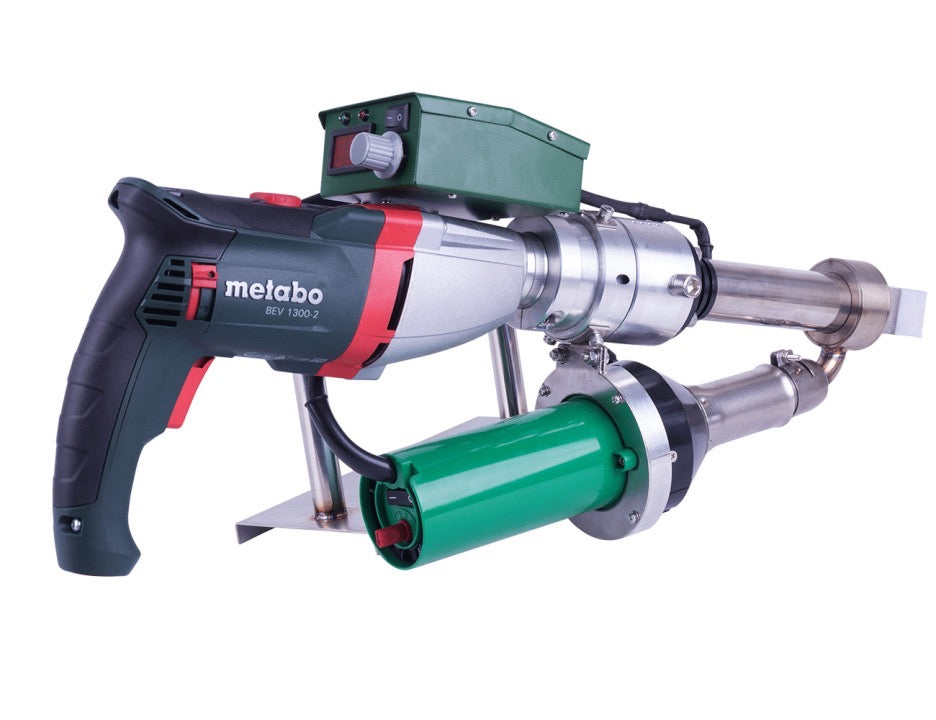
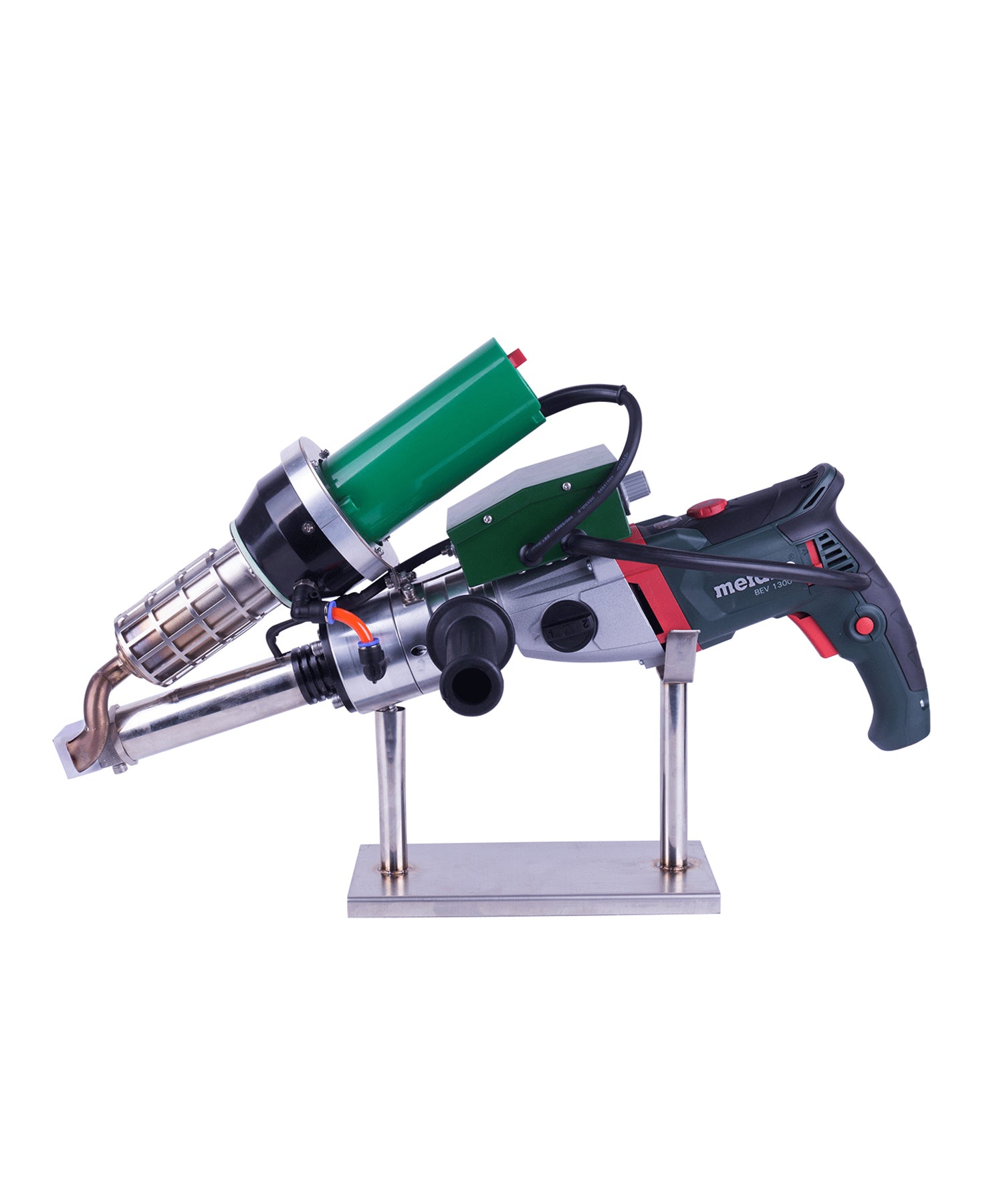
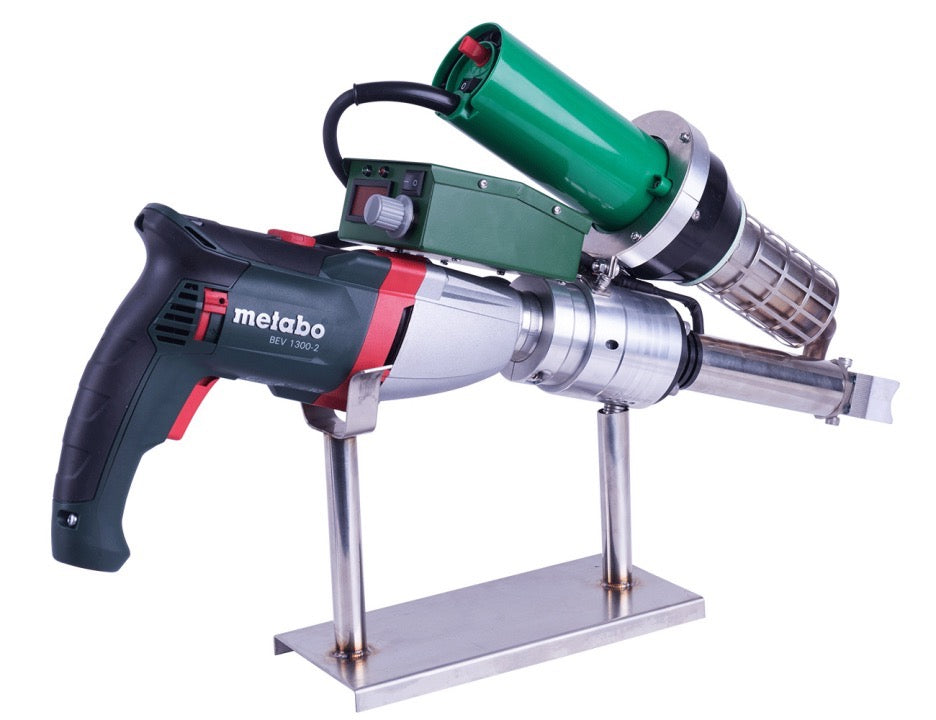
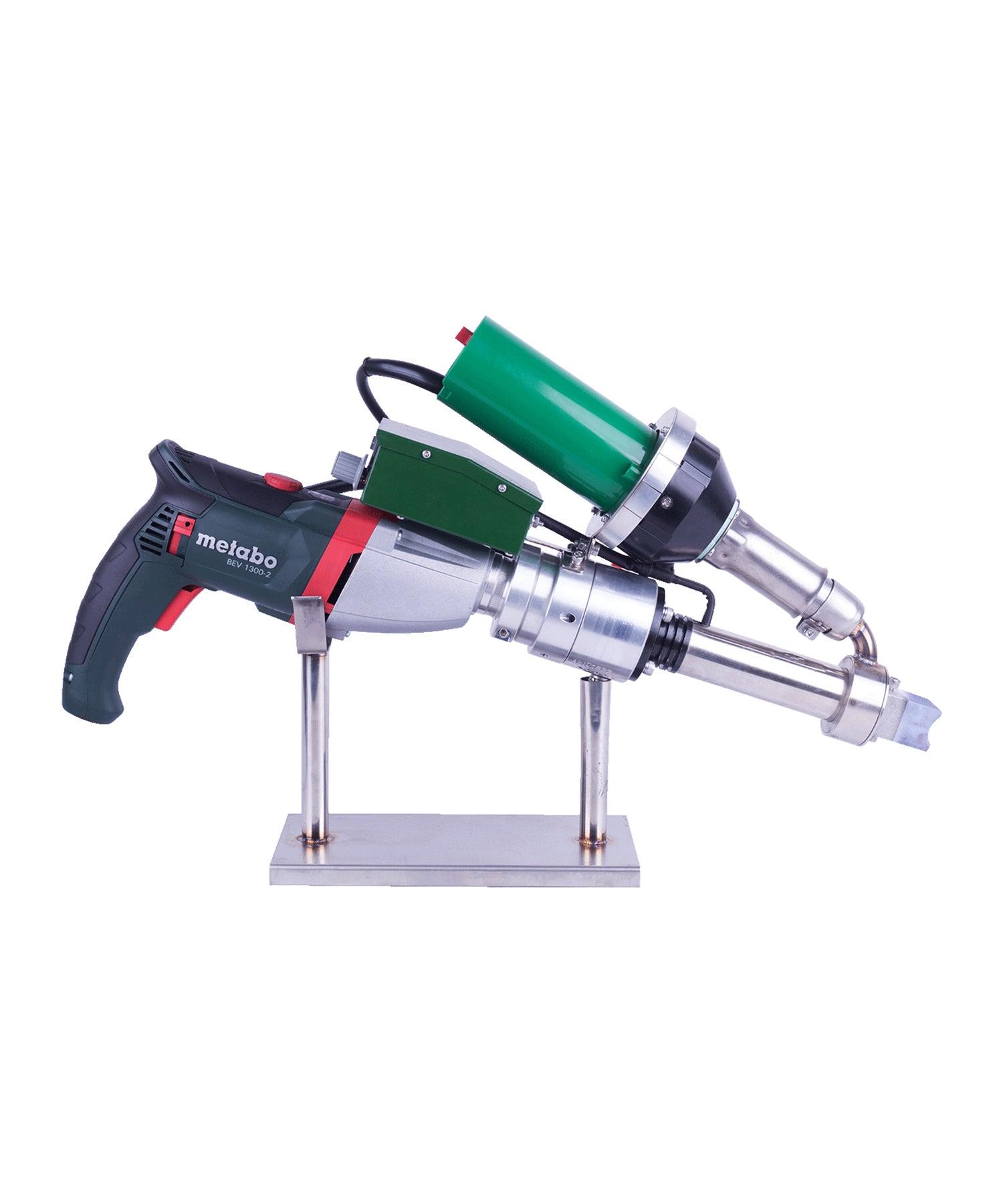
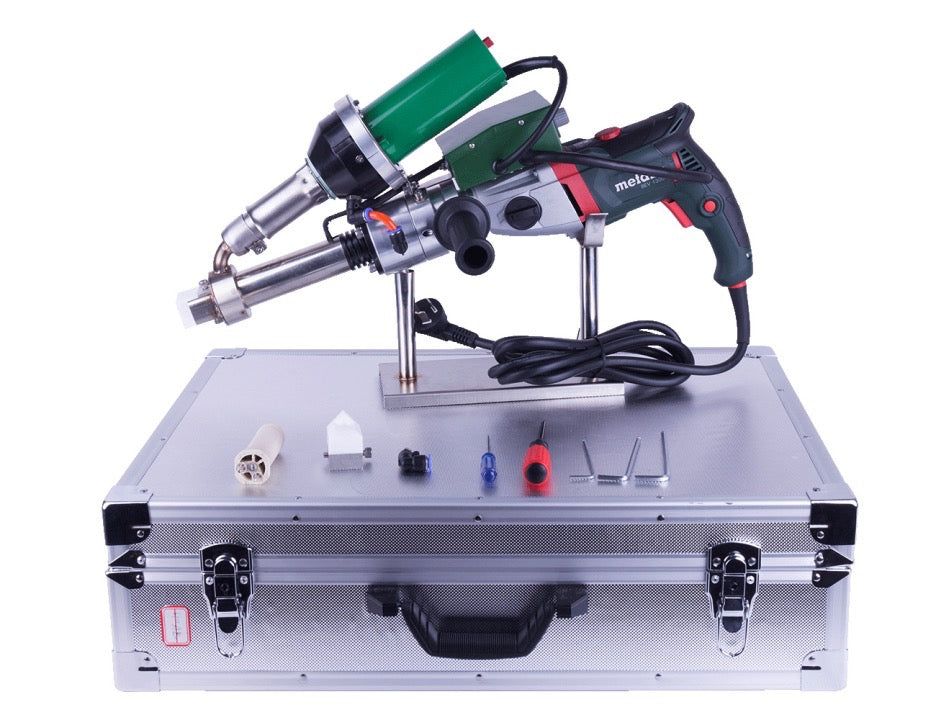
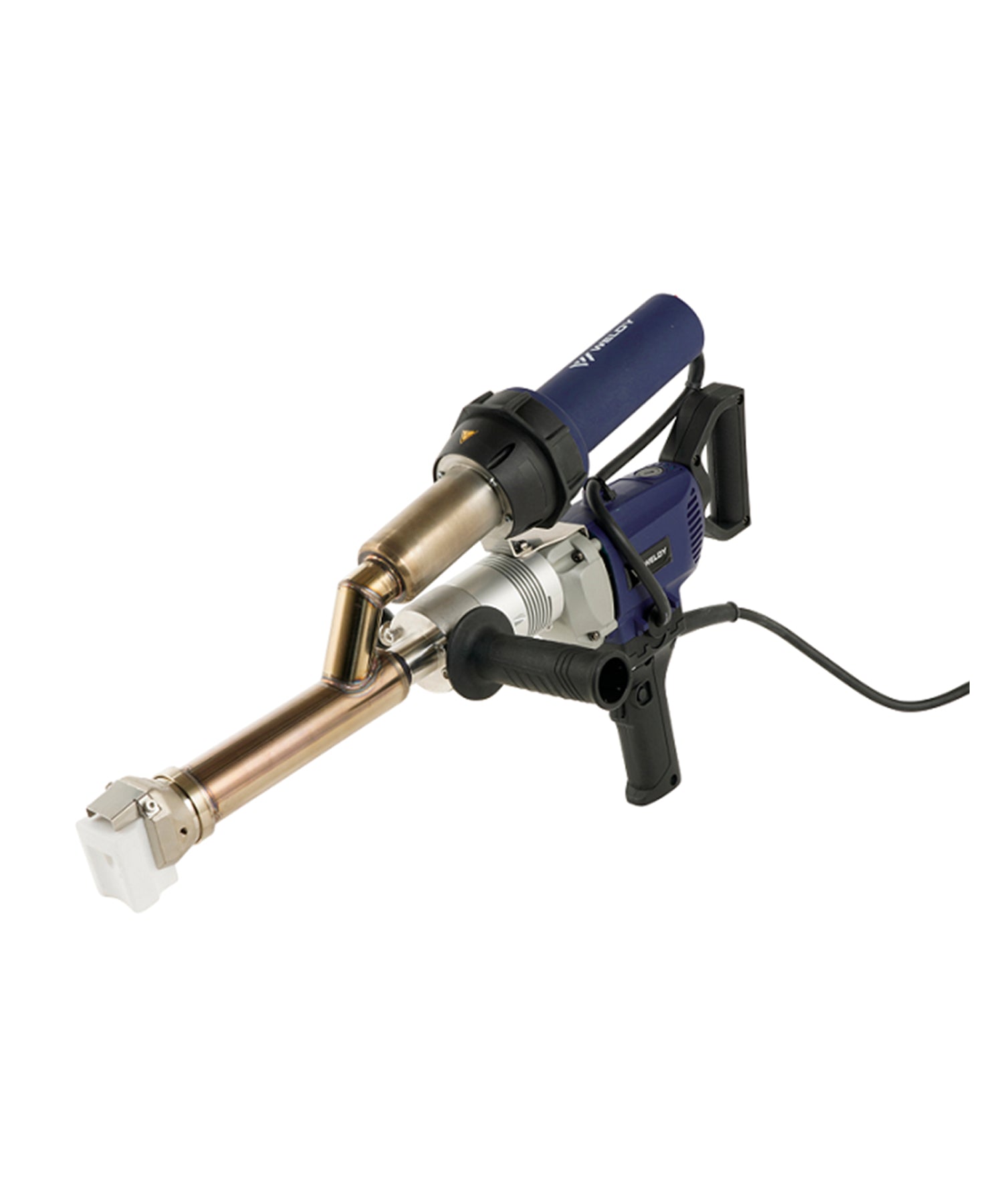
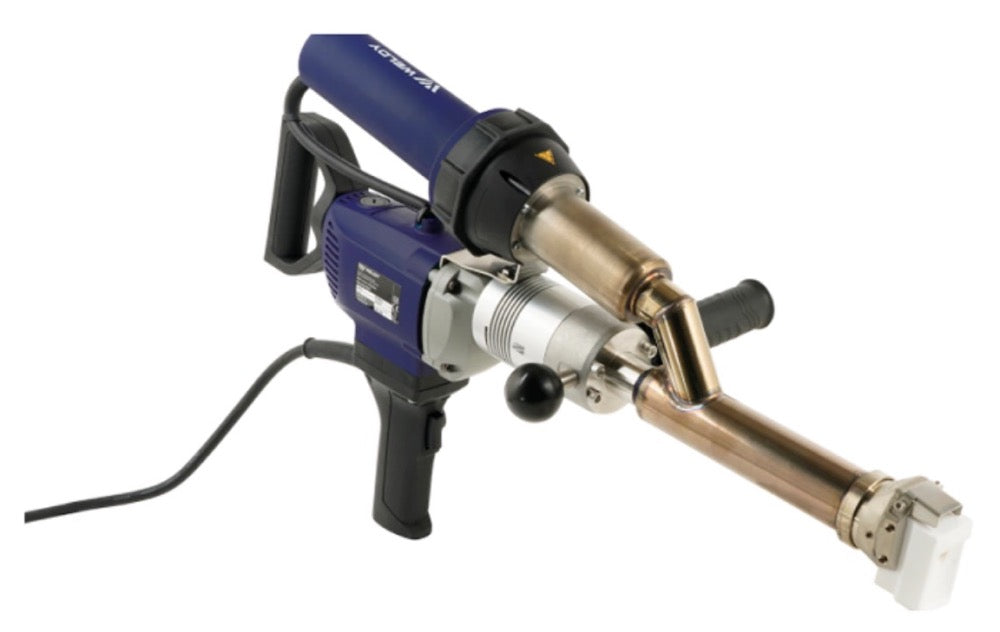



Leave a comment
This site is protected by hCaptcha and the hCaptcha Privacy Policy and Terms of Service apply.